Resources: OxVitalCam

Resources: OxVitalCam
Measuring vital signs using smartphone devices
Most medical monitors recommended for hospital and community use rely on the use of contact sensors attached to the patient’s skin. Their correct placement usually requires a clinical specialist. Electrocardiogram (ECG), for example, requires adhesive electrode patches to measure electrical potential at specific points on the patient’s chest. Pulse oximeters use an optical sensor attached to extremities, such as the ear or the index finger. There is a pressing need for fast and accurate tools for vital sign monitoring without a dependency on contact-based technology. By developing mobile applications and providing smartphones with the capability of measuring vital signs such as heart rate and breathing rate, our research group seeks to make the measurement of cardiorespiratory vital signs widely available and truly non-invasive. This is of particular interest during the Corona virus (Covid-19) pandemic, as we want to leverage technology for people to self-monitor and self-manage their physiological status at home. The accurate reading of these parameters is made possible by the algorithms developed by our research group and validated in clinical studies (see our publications). Our mobile app (OxVitalCam) is under development in partnership with clinical collaborators of the National Health Services (NHS) across the United Kingdom and other research groups. OxVitalCam allows the remote sensing of heart rate and breathing rate using the phone's video camera, typically positioned at an arm's length away from the user's face. After the user enters his/her name and date of birth, the application will start measuring their vital signs. The process takes about 1 minute. After sufficient valid measurements are obtained, the heart rate and breathing rate values are displayed. The user can then share the results with his/her doctor via an SMS message or by using any pre-installed messaging or e-mail application in the phone.

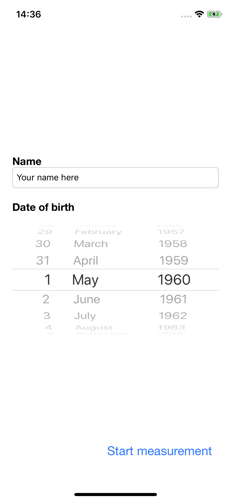
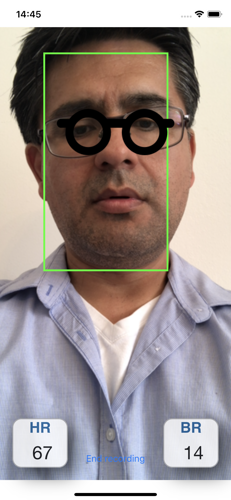
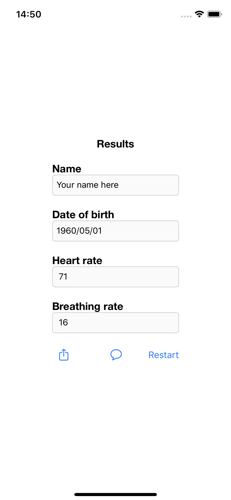
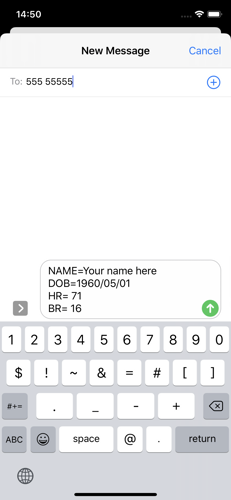
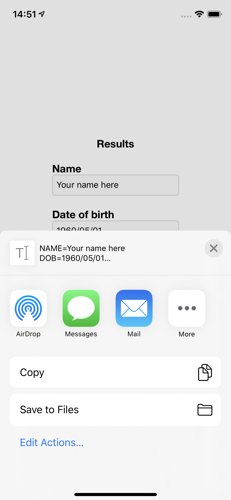
We are currently looking for beta testers to help us improve the technology. If you would like to volunteer, you can download our application using the links below:
App Store
Google Play
Please email us for more information, any comments or queries
When using the mobile app, please cite the following manuscript:
Mauricio Villarroel, Sitthichok Chaichulee, João Jorge, Sara Davis, Gabrielle Green, Carlos Arteta, Andrew Zisserman, Kenny McCormick, Peter J Watkinson and Lionel Tarassenko. "Non-contact physiological monitoring of preterm infants in the Neonatal Intensive Care Unit." Nature Digital Medicine, 2(1), 1-18, 2019
The implementation of video-based non-contact technologies to monitor the vital signs of preterm infants in the hospital presents several challenges, such as the detection of the presence or the absence of a patient in the video frame, robustness to changes in lighting conditions, automated identification of suitable time periods and regions of interest from which vital signs can be estimated. We carried out a clinical study to evaluate the accuracy and the proportion of time that heart rate and respiratory rate can be estimated from preterm infants using only a video camera in a clinical environment, without interfering with regular patient care. A total of 426.6 h of video and reference vital signs were recorded for 90 sessions from 30 preterm infants in the Neonatal Intensive Care Unit (NICU) of the John Radcliffe Hospital in Oxford. Each preterm infant was recorded under regular ambient light during daytime for up to four consecutive days. We developed multi-task deep learning algorithms to automatically segment skin areas and to estimate vital signs only when the infant was present in the field of view of the video camera and no clinical interventions were undertaken. We propose signal quality assessment algorithms for both heart rate and respiratory rate to discriminate between clinically acceptable and noisy signals. The mean absolute error between the reference and camera-derived heart rates was 2.3 beats/min for over 76% of the time for which the reference and camera data were valid. The mean absolute error between the reference and camera-derived respiratory rate was 3.5 breaths/min for over 82% of the time. Accurate estimates of heart rate and respiratory rate could be derived for at least 90% of the time, if gaps of up to 30 seconds with no estimates were allowed.
@article{villarroel2019non,
title={Non-contact physiological monitoring of preterm infants in the Neonatal Intensive Care Unit},
author={Villarroel, Mauricio and Chaichulee, Sitthichok and Jorge, Jo{\~a}o and Davis, Sara and Green, Gabrielle and Arteta, Carlos and Zisserman, Andrew and McCormick, Kenny and Watkinson, Peter and Tarassenko, Lionel},
journal={npj Digital Medicine},
volume={2},
number={1},
pages={1--18},
year={2019},
publisher={Nature Publishing Group}
}